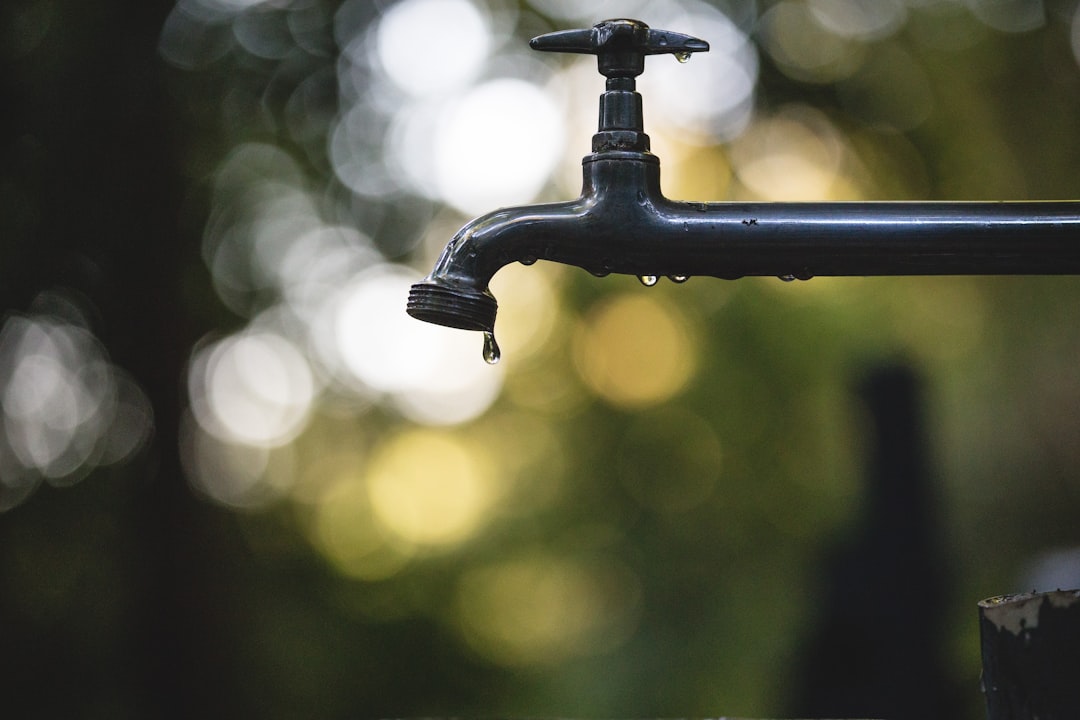Water conservation is at the core of xeriscaping, and efficient irrigation plays a crucial role in maintaining a sustainable landscape. Traditional sprinkler systems often waste water through evaporation, runoff, and overwatering. Instead, modern irrigation techniques like drip irrigation and smart controllers ensure that plants receive the right amount of water precisely when they need it. In this post, we’ll explore the benefits of these irrigation methods and how they can enhance your xeriscape.
The Importance of Efficient Irrigation in Xeriscaping
Xeriscaping focuses on reducing water waste while maintaining a thriving landscape. Efficient irrigation helps:
-
Minimize water loss through evaporation and runoff.
-
Improve plant health by delivering water directly to the roots.
-
Reduce maintenance by automating watering schedules.
-
Lower water bills by optimizing usage.
Drip Irrigation: The Gold Standard for Xeriscapes
Drip irrigation is a low-pressure, high-efficiency watering system that delivers moisture directly to plant roots. Unlike traditional sprinklers, which spray water over a large area, drip irrigation applies water slowly and precisely.
Benefits of Drip Irrigation
-
Water Efficiency: Uses up to 50% less water than traditional sprinklers.
-
Reduced Evaporation: Water drips directly into the soil, minimizing loss to the air.
-
Prevents Runoff and Erosion: Slow application allows the soil to absorb moisture effectively.
-
Healthier Plants: Reduces the risk of fungal diseases by keeping foliage dry.
Types of Drip Irrigation Systems
-
Emitter Drip Systems: Individual emitters placed at the base of plants provide a slow, steady supply of water.
-
Soaker Hoses: Perforated hoses release water along their length, ideal for garden beds and rows.
-
Micro-Sprayers: Deliver a gentle spray for plants requiring wider coverage.
-
Inline Drip Tubing: A network of tubes with built-in emitters spaced evenly for consistent watering.
Installation and Best Practices
-
Place emitters at the root zone of each plant for direct absorption.
-
Use a timer to automate watering schedules and prevent overwatering.
-
Mulch over drip lines to further reduce evaporation and maintain soil moisture.
-
Regularly check and clean emitters to prevent clogging from soil or debris.
Smart Irrigation Controllers: The Future of Water Management
Smart irrigation controllers take water efficiency to the next level by adjusting watering schedules based on real-time weather data, soil moisture levels, and plant needs.
How Smart Controllers Work
-
Weather-Based Controllers: Use local weather data to adjust irrigation schedules.
-
Soil Moisture Sensors: Measure moisture levels in the soil and water only when necessary.
-
Wi-Fi-Enabled Systems: Allow remote monitoring and adjustments via smartphone apps.
-
Zone Customization: Tailor watering schedules for different plant zones with varying needs.
Benefits of Smart Controllers
-
Eliminates Overwatering: Prevents unnecessary irrigation during rain or high humidity.
-
Saves Time and Effort: Automates watering schedules based on actual conditions.
-
Optimizes Water Usage: Reduces waste and lowers water bills.
-
Enhances Plant Growth: Ensures plants receive consistent, appropriate moisture levels.
Choosing and Installing a Smart Controller
-
Look for EPA WaterSense-certified models for maximum efficiency.
-
Ensure compatibility with existing irrigation systems.
-
Position soil moisture sensors correctly to avoid misreading dry or wet spots.
-
Set up Wi-Fi connectivity for real-time weather adjustments.
Combining Drip Irrigation with Smart Technology
For the most effective xeriscape irrigation system, combine drip irrigation with a smart controller. This pairing provides:
-
Precision watering with minimal waste.
-
Automated scheduling that adjusts to climate conditions.
-
Consistent soil moisture for optimal plant health.
-
Reduced maintenance and monitoring effort.
Conclusion
Efficient irrigation is key to a successful xeriscape, and using drip irrigation with smart controllers offers the best water-saving solution. By investing in these modern techniques, you can maintain a lush, sustainable landscape while conserving precious resources and reducing costs. Whether you’re upgrading an existing system or designing a new xeriscape, these tools will help you achieve long-term efficiency and plant vitality.

Comments
No comments yet. Be the first to comment!
You must be logged in to comment. Login